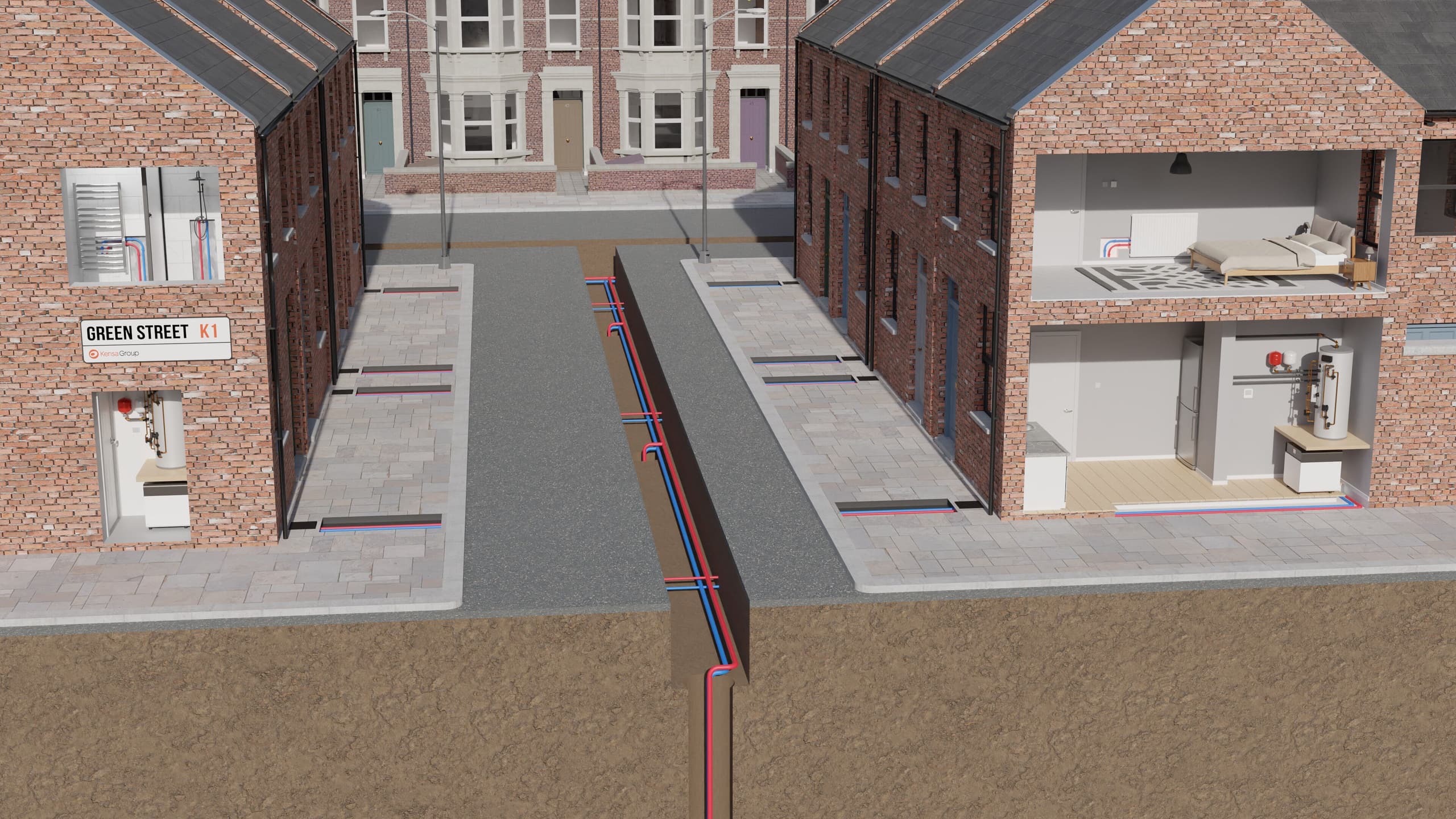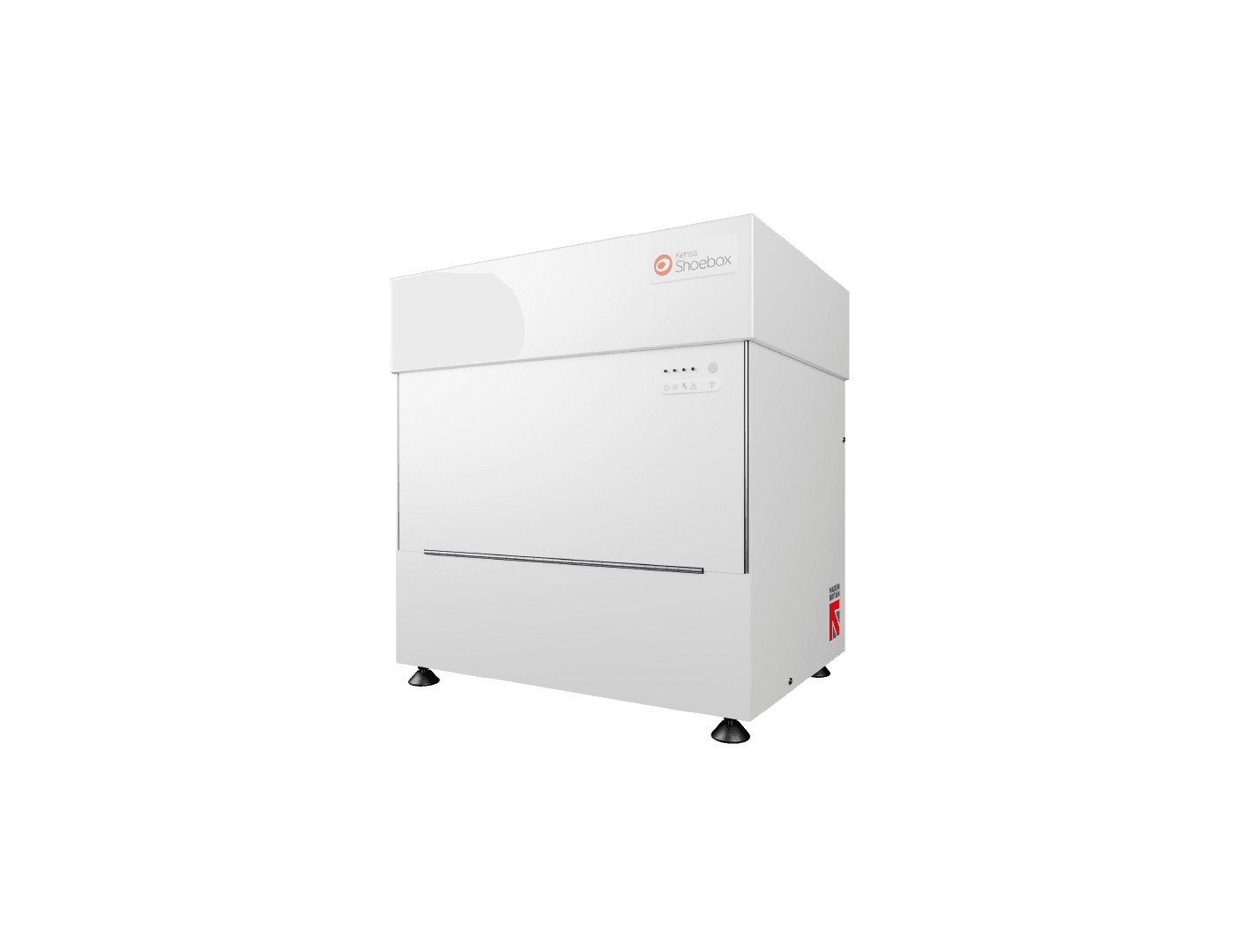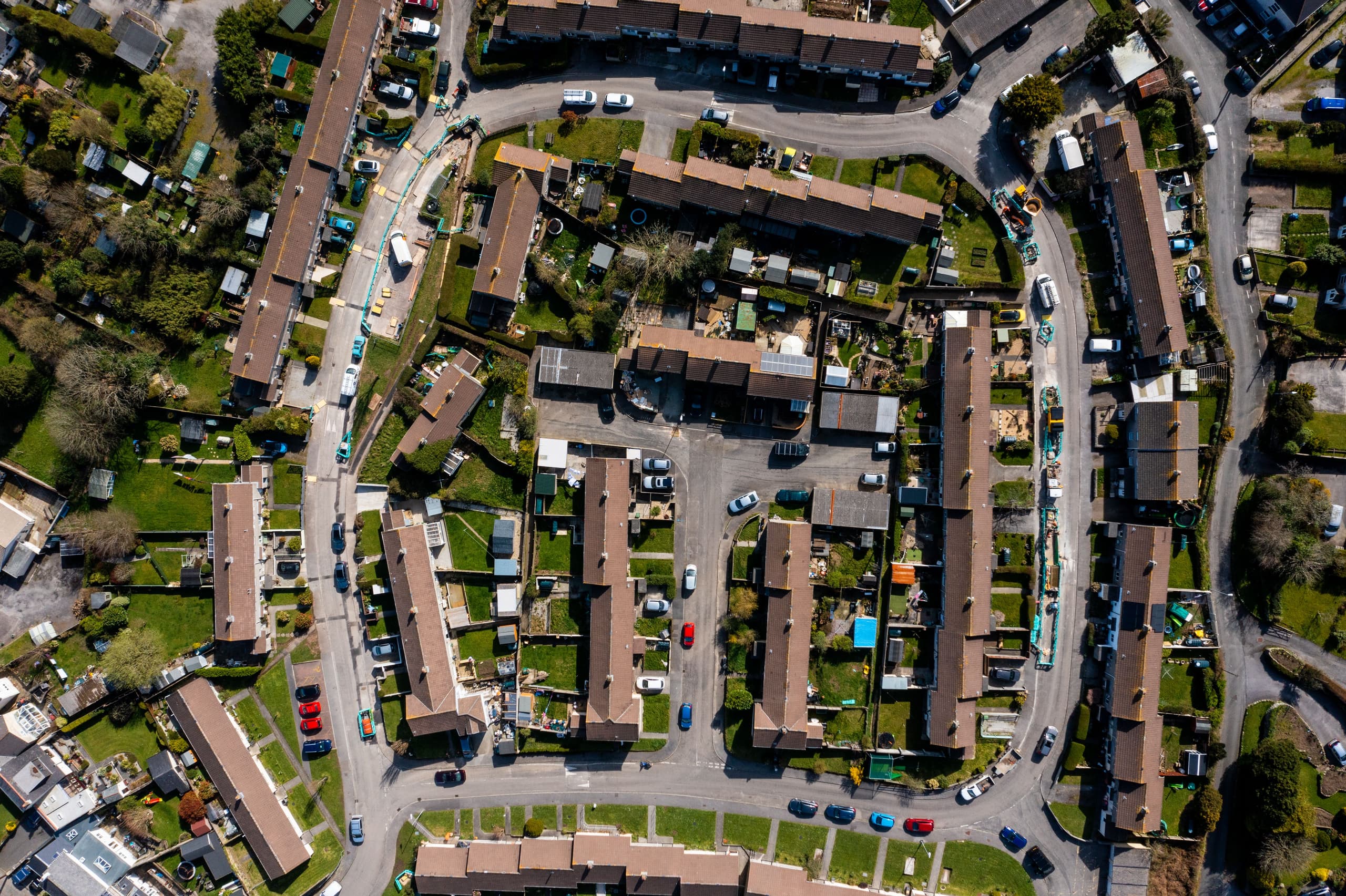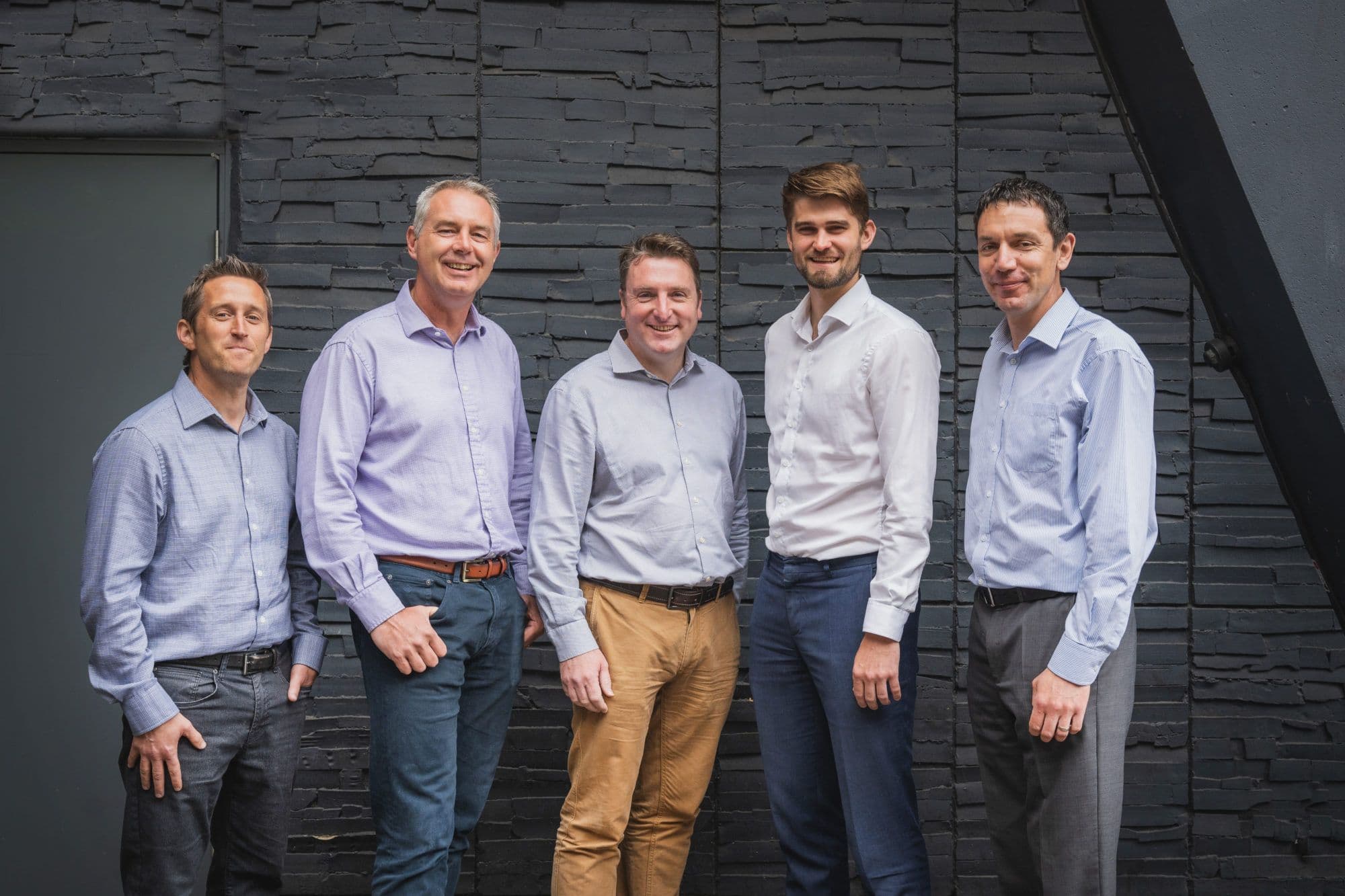10 ways Kensa’s Shoebox has revolutionised the heat pump market
- Social Housing
- 3 min read
Ten years on, it has provided cheaper and more reliable heating for thousands of people facing fuel poverty, saved 197,400 tonnes of CO2 – the equivalent of burning 218,405,181 pounds of coal – and been recognised as key to enabling the mass adoption of ground source heat pumps.
David Broom, New Build Frameworks Director at Kensa , said: “The development of the Shoebox was pivotal in unlocking Kensa’s opportunity within the social housing and new build sectors. The product facilitated the creation of the  Networked Heat PumpsA decarbonisation solution for over 60% of UK homesNetworked Heat Pump system architecture which is now accepted as one of the key solutions for the delivery of the mass scale deployment of renewable heat.”
Networked Heat PumpsA decarbonisation solution for over 60% of UK homesNetworked Heat Pump system architecture which is now accepted as one of the key solutions for the delivery of the mass scale deployment of renewable heat.”
Here’s how the British manufactured miniature heat pump had the biggest impact on the UK’s renewable heating industry.
1. Fits inside an airing cupboard or kitchen cabinet
Its compact footprint removes space issues that prevent the ease and installation of ground source heat pumps in tight spaces – it is the perfect fit for flats! It’s also quiet, similar to a fridge freezer.
2. Small, but still efficient
With an Energy Related Product (ErP) rating of A+, the  ShoeboxProductShoebox is very efficient. Kensa’s unique heat pump interface, the Genesis System Manager, is installed in the Shoebox to help improve efficiencies and integration with other home heating controls.
ShoeboxProductShoebox is very efficient. Kensa’s unique heat pump interface, the Genesis System Manager, is installed in the Shoebox to help improve efficiencies and integration with other home heating controls.
3. Heating and cooling capabilities
The Shoebox produces hot water up to 65ᵒC and can also offer cooling, which is becoming more popular as new building methods and global warming create problems with overheating.
4. Proven greater efficiency and flexibility
A report by Aurora, concludes that ground source heat pumps with shared ground loop arrays are proven to offer greater efficiency and flexibility compared to other types of heating.
5. Fuel poverty
The Shoebox has saved thousands of people from fuel poverty by enabling social landlords to retrofit ground source heating into their housing stock – often slashing residents’ fuel bills by up to 50%.
6. Best-seller
As the leading supplier of GSHPs in the UK, Kensa’s Shoebox has become Kensa’s best-selling product and is used in domestic properties and commercial buildings. It’s been used in some of the UK’s largest ground source heat pump installations, including  EnfieldCase Study300 flats for Enfield Council, and
EnfieldCase Study300 flats for Enfield Council, and  Chadwell St Mary's, Thurrock CouncilCase Study273 for Thurrock.
Chadwell St Mary's, Thurrock CouncilCase Study273 for Thurrock.
7. Pairing Shoebox and Networked Heat Pumps
Alongside the Shoebox, Kensa pioneered the use of Networked Heat Pumps – an ultra-efficient alternative to traditional district heating schemes. It reduces the overall cost of installation for multiple-property projects through economies of scale, reduces overheating, provides independent heating control, and enables the utilisation of waste heat, whilst lowering the impact on the grid when deployed at scale as described here.
8. Making low carbon heating accessible
Through the installation of the Shoebox and the innovation of Networked Heat Pumps, Kensa, has pioneered the market for installing mass scale networked heat pumps, making low carbon heating more accessible. 3,758 shoeboxes have been installed into social housing or public sector buildings so far, saving 1,658,415t of CO2e.
9. Split ownership model removes ground array cost barrier
Kensa developed a  Kensa’s vision for decarbonisation is met with approval by industry peersPress Releasesplit-ownership model that cuts costs when the ground arrays are funded separately to the heat pump. Developers or homeowners purchase a ground source heat pump and plug it into the infrastructure only paying a connection fee.
Kensa’s vision for decarbonisation is met with approval by industry peersPress Releasesplit-ownership model that cuts costs when the ground arrays are funded separately to the heat pump. Developers or homeowners purchase a ground source heat pump and plug it into the infrastructure only paying a connection fee.
10. Unlocking community-scale GSHP installations
Installation of large-scale Networked Heat Pumps infrastructure lets whole streets and communities collectively switch to ground source, and the split-ownership model creates the opportunity for a nationwide heat pump infrastructure that mimics the existing gas network. This can be seen in practice in our  Heat the streetsCase StudyHeat the Streets project and through this Regen report.
Heat the streetsCase StudyHeat the Streets project and through this Regen report.


